A guide to 5 college friendly plants
Struggling to keep a plant alive in a shady dorm room, or maintain a consistent watering schedule? Here are some low-maintenance indoor plants able to survive even the most hectic college environment.
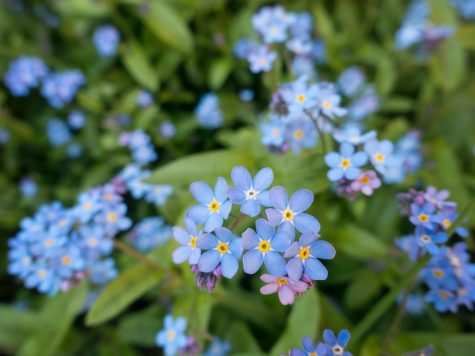
Chinese Money Plant
A sign of good luck and a new fortune, especially needed during a new semester, the Chinese money plant is a big fan of a cold space with some sunlight throughout the day. This plant should be watered about once a week, just make sure the soil is dry between watering days to avoid overwatering. These minimal requirements make the Chinese money plant ideal for a college dorm room.
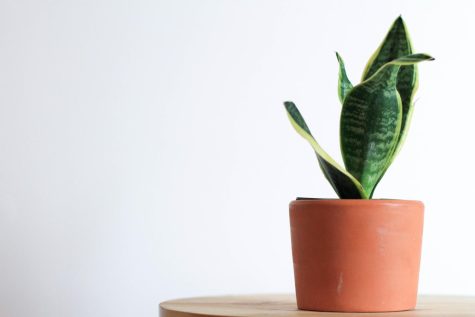
Snake Plant
Also known as the mother-in-law’s tongue, the snake plant requires low to medium sunlight. It should be watered about once a month when the soil is dry to the touch. This plant is noted for its air purifying abilities; it is able to filter out toxins such as formaldehyde and benzene, which makes it perfect for bringing fresh air into any stuffy room. This plant is also mildly toxic to humans or animals.
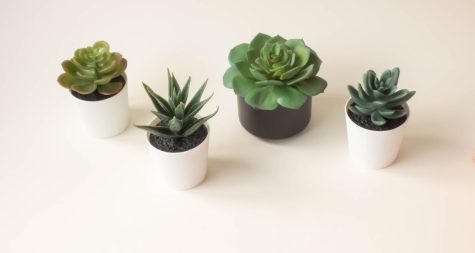
Gasteria ‘Little Warty’ Succulent
This uniquely shaped small succulent is a big fan of low light conditions and is hardy enough to survive even the shadiest corners of an apartment. The “little warty” succulent is noted for its offshoots, a collection of smaller succulents which develop over time as the original plant continues to grow and mature. These offshoots can easily be removed from the soil of the planter and replanted into their own homes, allowing for a collection of the succulents. If this succulent is over watered, it can develop some fungus, so be sure to water it once a week after the soil has dried.
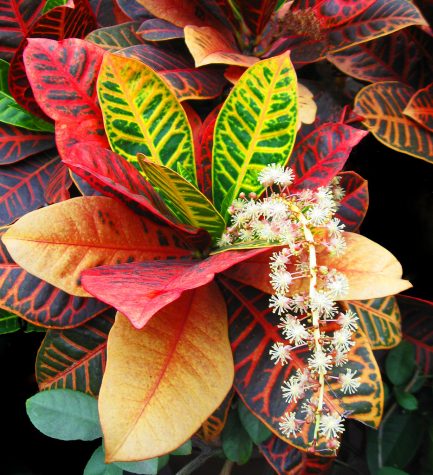
Croton
The croton is easily recognizable for its range of colors on the leaves, and ranges from green, pink and yellow. For the brightest colors, the plant should be kept in a sunny spot with full to partial sunlight during the day. The croton’s watering needs change with the seasons. In the summer it prefers a moist soil and water about once a week, while every other week is better in the winter. This plant thrives in a humid space, such as a bathroom or kitchen. If you have multiple plants, grouping them together will produce a supportive amount of humidity allowing them to thrive over time. It is important to note that the plant is toxic if ingested, and the sap produced when the plant is damaged can hurt the skin.
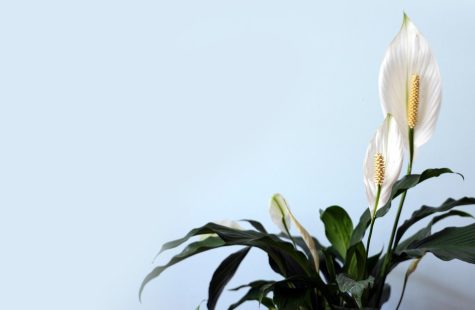
Peace Lily
While its name suggests it is a part of the lily family, this plant is not. Its name originates from the similar look of its flowers to those of the calla lily. The peace lily is noted for its easily recognizable bright green leaves and white flowers. This plant is able to filter out air toxins, making it an ideal plant for a bedroom. The peace lily is one of those dramatic plants that will show you when it is ready to be watered by drooping a little. It prefers to be watered about once a week, to keep the soil moist. This plant should be kept out of reach of animals as it can have negative effects if ingested.
Quick Tip
There are many ways to deter curious pets from toxic houseplants. One simple method is to sprinkle coffee grounds or citrus at the base of a plant; the strong smell will deter pets from approaching it. These grounds and citrus have the added benefit of fertilizing the soil of the plant as they decompose. Positive reinforcement and encouraging a pet to keep their distance is also an effective method to keep them safe from ingesting plants. Non-toxic plants are always a good option for those with curious pets.











